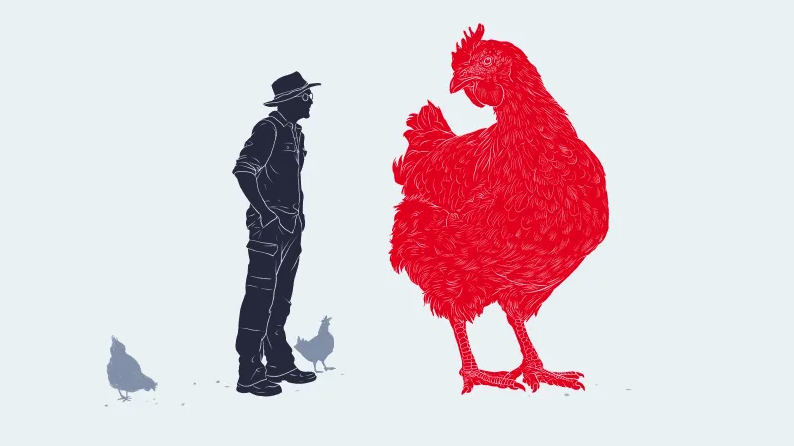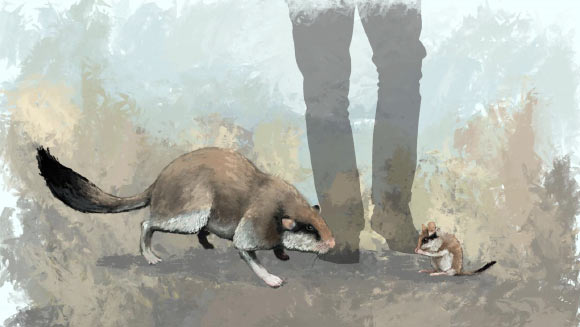Traditional Ecological Knowledge
Archaeologist Stefani Crabtree writes about her work to reconstruct Indigenous food and use networks for the National Park Service: Traditional Ecological Knowledge gets embedded in the choices that people make when they consume, and how TEK can provide stability of an ecosystem. Among Martu, the use of fire for hunting and the knowledge of the […]
Traditional Ecological Knowledge Read More »













